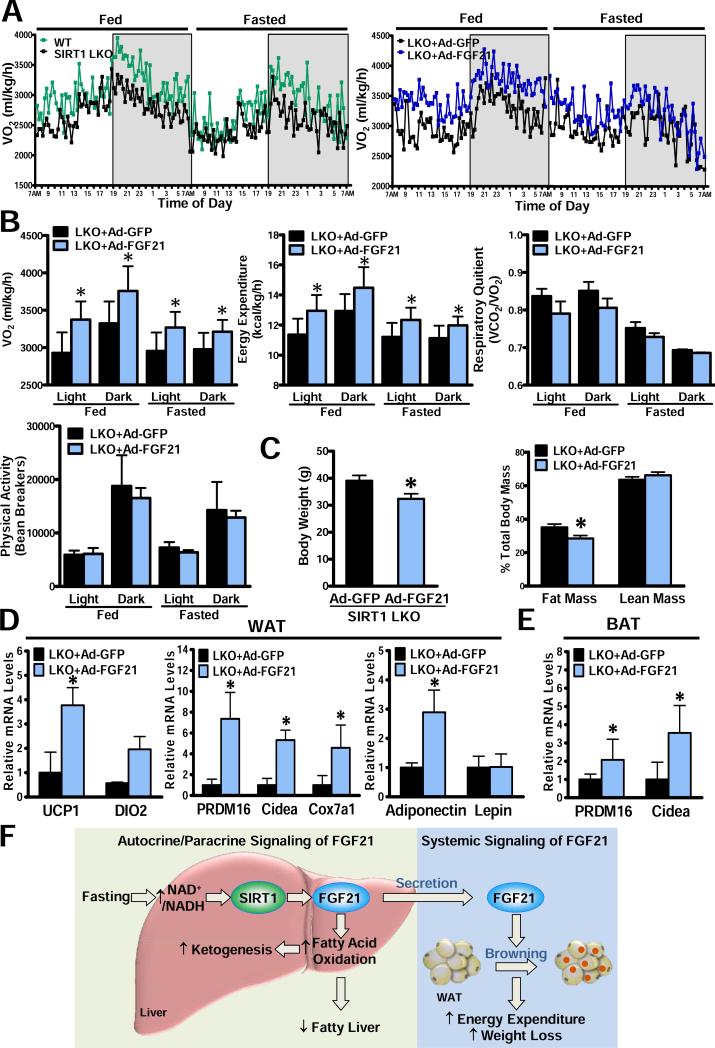Fig. 7. Hepatic overexpression of FGF21 rescues the deregulation of whole-body energy metabolism and promotes “browning” of WAT in SIRT1 LKO mice.
A. Circadian changes in VO2 are measured by indirect calorimetry over 48 h in mice in fed and fasted states. B. The rates of VO2 and energy expenditure are elevated by hepatic overexpression of FGF21 in SIRT1 LKO mice in fed and fasted states through light and dark cycles (n = 4). RQ and locomotor activity are similar between the two genotypes of mice. C. Body weight and body composition in mice (n = 4-7). D and E. Adenoviral delivery of FGF21 increases the transcription of brown-fat-like genes and adiponectin in WAT (D) and BAT (E) of SIRT1 LKO mice; *P<0.05, vs. Ad-GFP-injected SIRT1 LKO mice. F. The proposed model for nutrient regulation of FGF21 through SIRT1. Prolonged fasting increases NAD+/NADH ratio and stimulates hepatic SIRT1, which in turn promotes expression, production and release of hepatic FGF21. Induction of FGF21 by hepatic SIRT1 stimulates fatty acid oxidation and ketogenesis, enhances metabolic adaptation to fasting, and improves fatty liver disease. Activation of SIRT1-FGF21 cascade may represent a liver-adipose tissue axis that contributes to reduced adiposity and body weight by promoting white fat “browning” and increasing energy expenditure.

